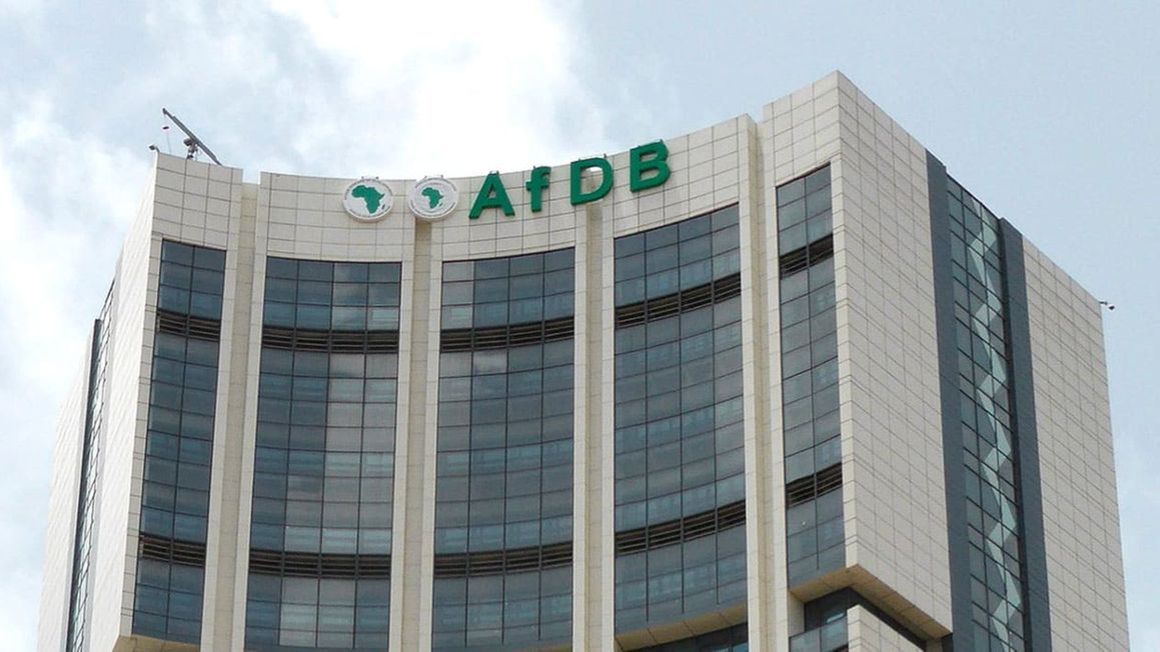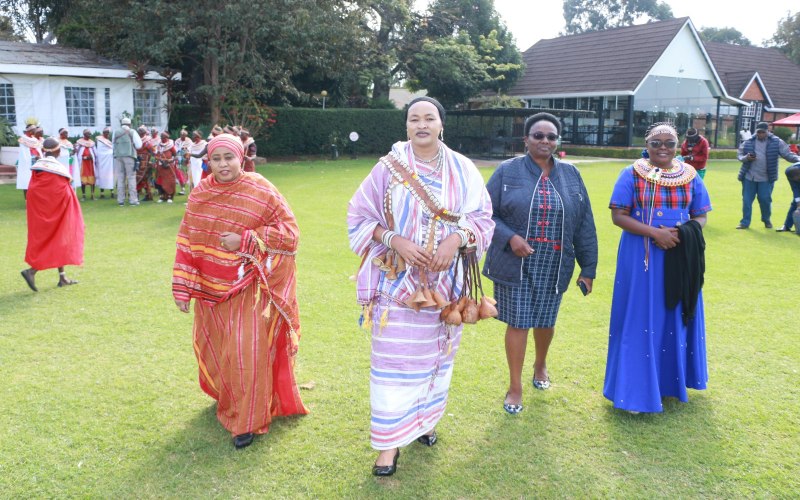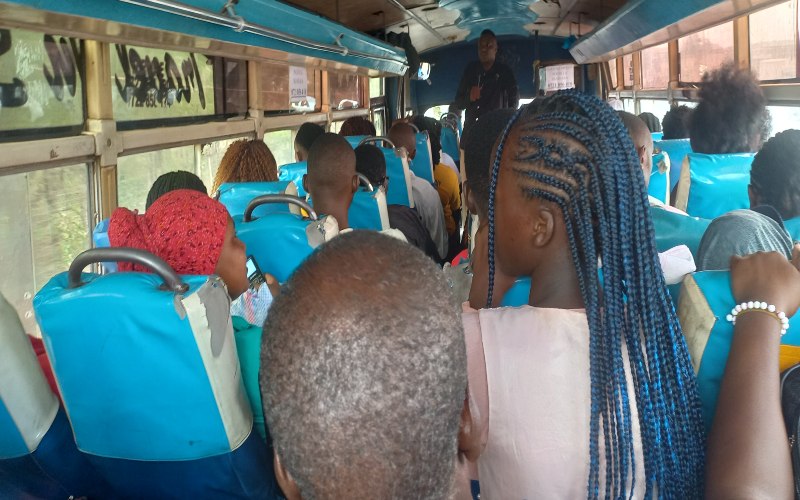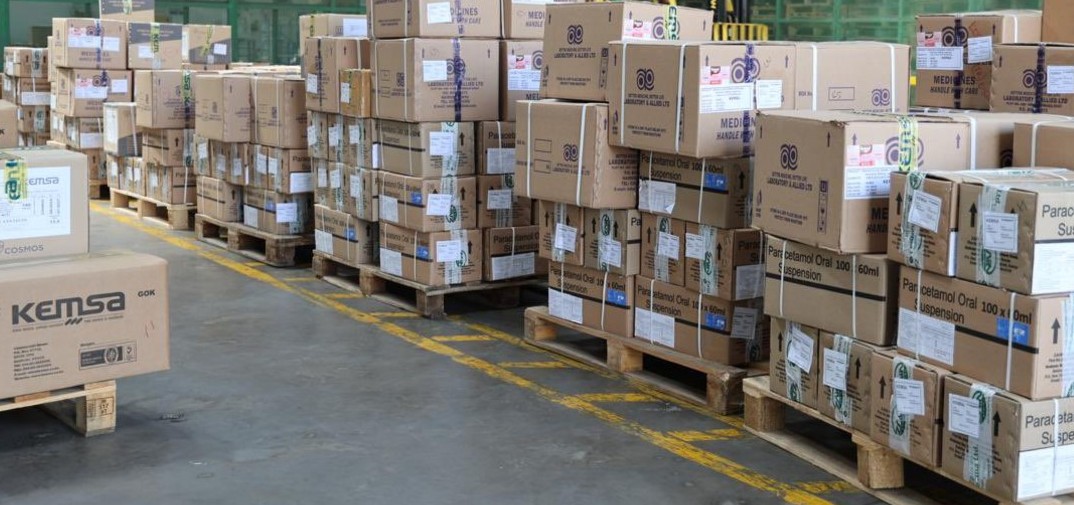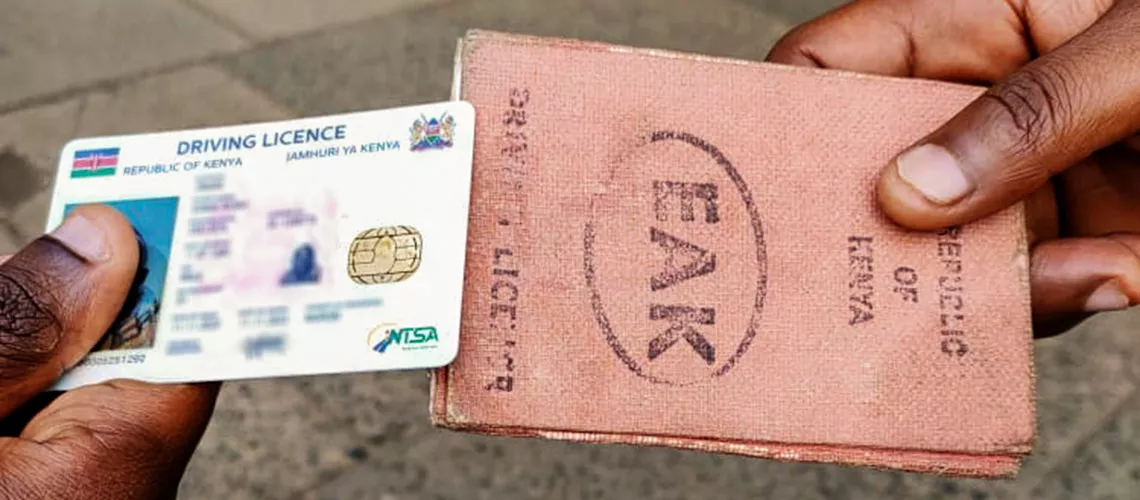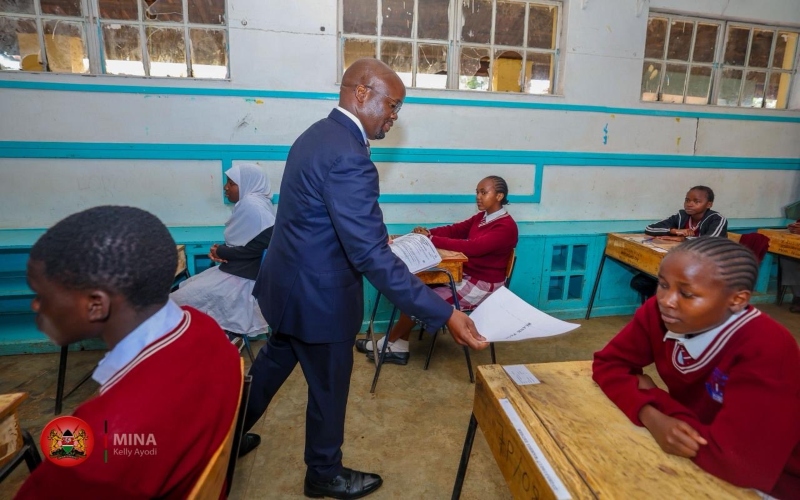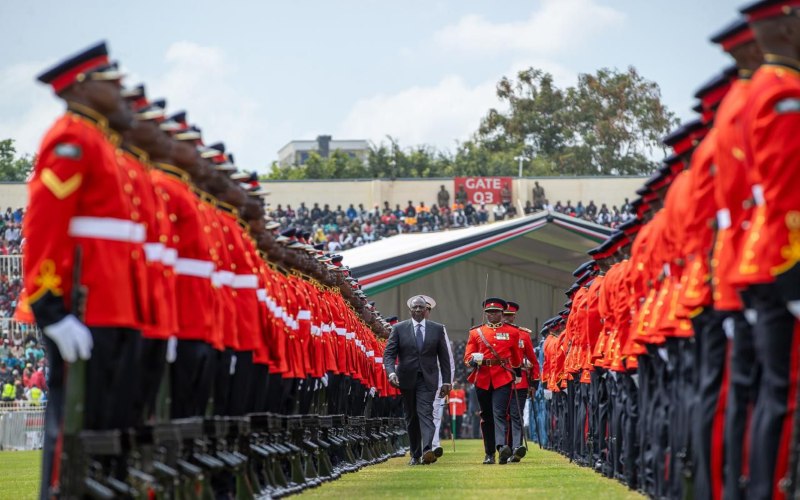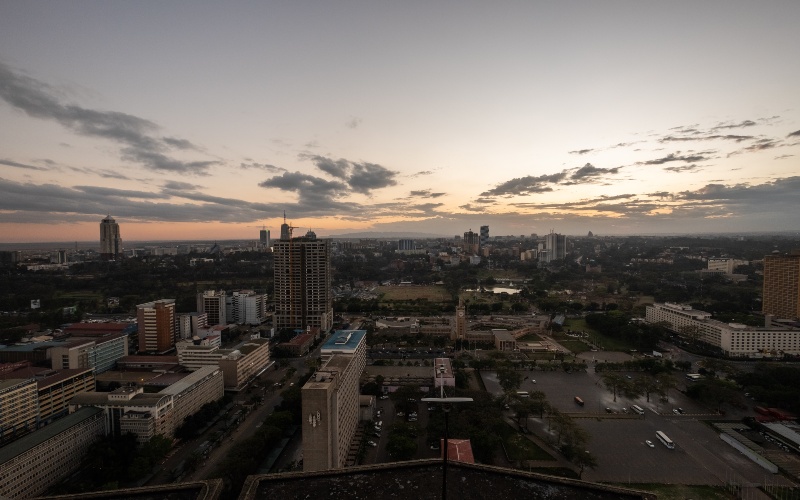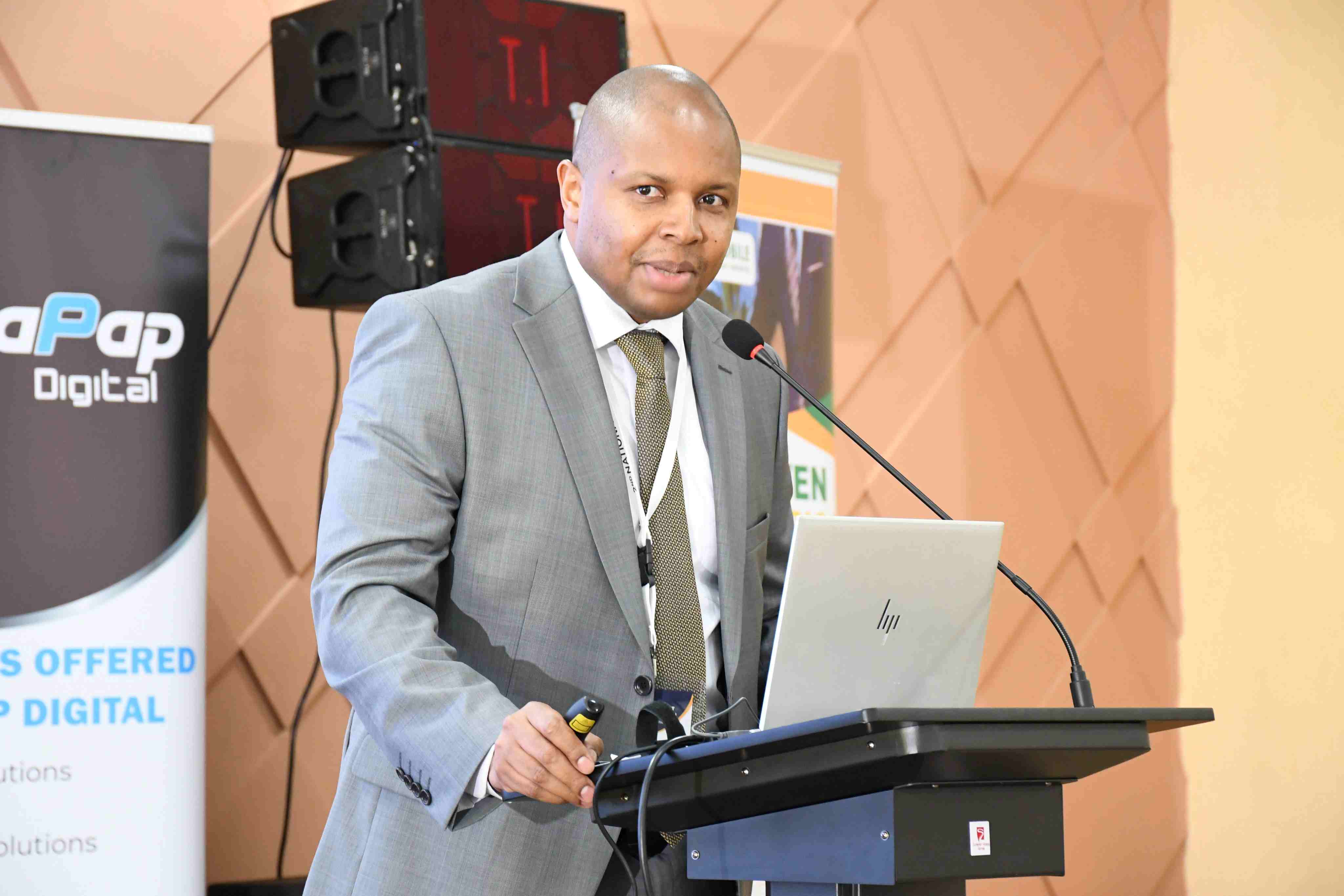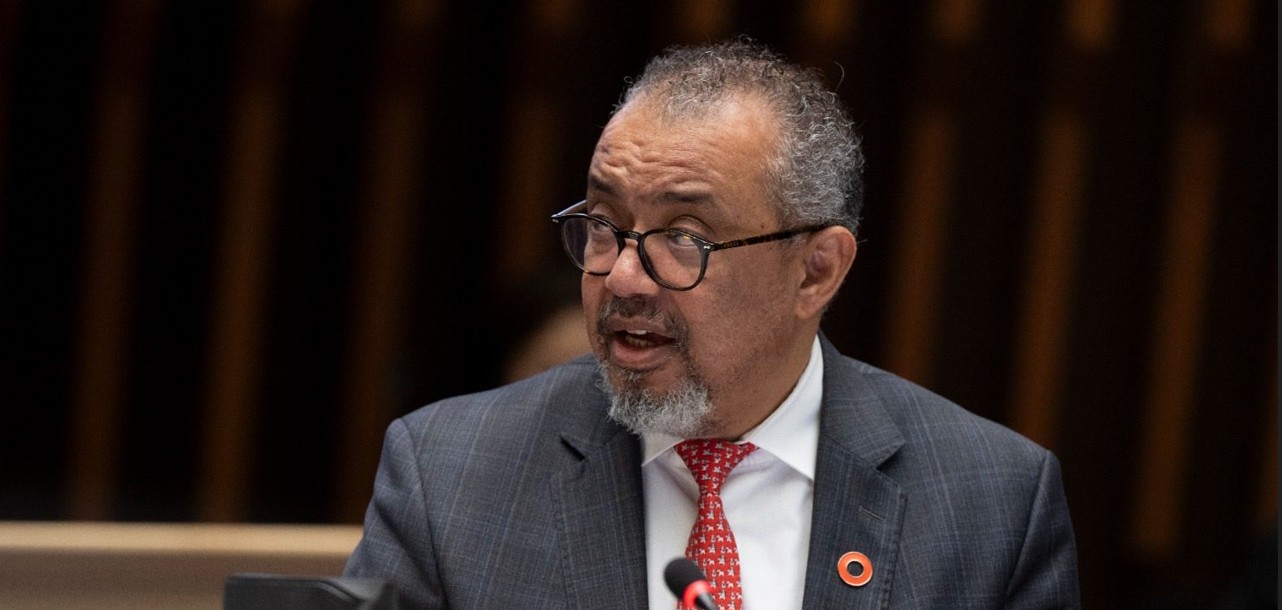Lands CS Wahome defends demolitions along Nairobi River amid claims of bias
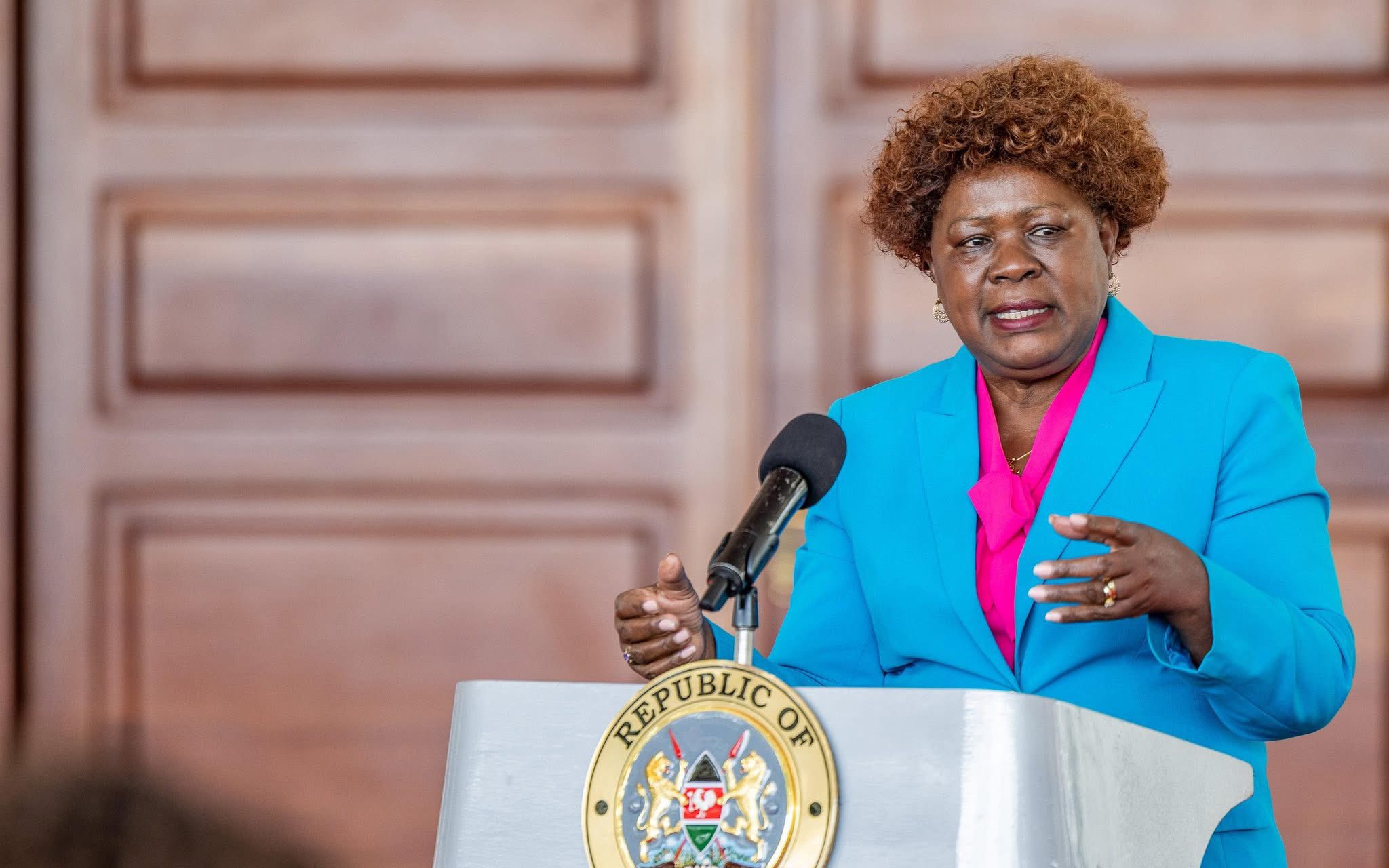
According to Wahome, the programme has designated “design areas” where the pollution levels are highest, and operations are focused there to restore the river’s health and surrounding communities.
Lands Cabinet Secretary Alice Wahome on Tuesday came under sharp criticism from senators over accusations that the ongoing demolitions along the Nairobi River are discriminatory and unfairly focused on informal settlements, while developments in upstream areas appear untouched.
Wahome, who appeared before the Senate Lands Committee chaired by Mombasa Senator Mohamed Faki, insisted that the demolitions are not targeting riparian land but are part of a broader plan to clean up the river by removing structures located in high-pollution zones.
More To Read
- Kenya’s children holiday hunger: How school holidays leave slum families struggling to survive
- Rival Isiolo speakers face Senate over audit failures
- Senate begins two-day plenary impeachment trial for Nyamira governor Nyaribo
- Riparian corridor residents renew commitment to Nairobi River regeneration
- Ruto says public demand for affordable housing has replaced doubts with excitement
- Kenya moves to end power shortages and lower electricity costs
“Our objective is to regenerate the river, not the riparian reserve,” she said, explaining that the government is only targeting areas contributing heavily to pollution.
The clean-up is part of the Sh50 billion Nairobi River Regeneration Programme, which was launched in March 2025 and is being implemented over seven years.
The project is led by the Nairobi Rivers Commission in collaboration with the ministries of Housing, Environment and Defence.
According to Wahome, the programme has designated “design areas” where the pollution levels are highest, and operations are focused there to restore the river’s health and surrounding communities.
“We are focusing on where there is the greatest pollution. We are not guided by whether people live upstream or downstream,” she added.
The wide-ranging regeneration effort spans five counties (Nairobi, Kiambu, Machakos, Kajiado and Murang’a) and includes river rehabilitation, flood control, sewerage systems, solid waste management, and urban renewal.
It also incorporates affordable housing, modern markets and improved infrastructure to boost living conditions and economic activity.
But members of the committee raised concerns over what they saw as selective implementation, with Murang’a Senator Joe Nyutu questioning why demolitions seemed to target poor communities while factories and buildings in other areas remained intact.
“When we talk about riparian land, enforcement should be uniform. All buildings and structures on the reserve should be removed,” Nyutu said.
“Do we have two sets of laws? Why are we only seeing demolitions in informal areas when pollution is present along the entire river?” he asked.
In response, Wahome maintained that all structures, whether legally or illegally constructed, would be removed if they stood in the way of the river regeneration.
She also said that the government had already engaged 20,000 youth under the ClimateWorx programme and planned to hire another 10,000 to support the ongoing work.
Beyond environmental restoration, Wahome revealed that the project includes building new markets and social housing for people displaced by the demolitions. However, she ruled out compensation, arguing that those affected do not legally own the land on which their structures stood.
She noted, though, that the government is considering offering a small token to acknowledge the disruptions caused by the demolitions.
Top Stories Today

